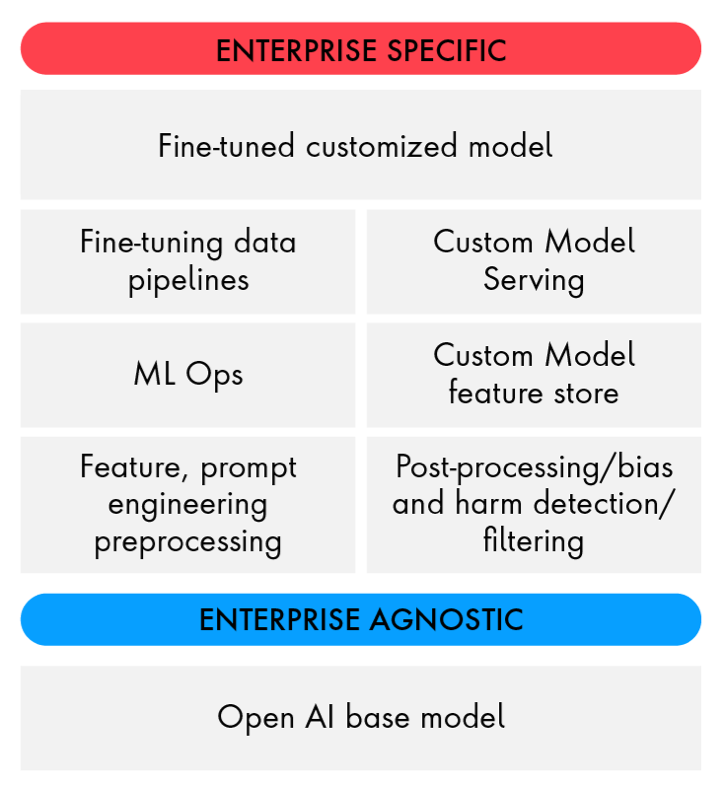What does the travel and hospitality industry need to know about generative AI and large language models?
Large language artificial intelligence models, like GPT-4, can predict what text should come next based on unique text inputs and prompts, drawing from a large text-based data set. LLMs are just one branch of artificial intelligence, a broad term used to describe computers’ ability to mimic human intelligence through processing, synthesizing and generating information. Generative AI refers to artificial intelligence models, including LLMs like GPT-4, that can generate new content, like audio, video and text.
“What’s particularly significant about GPT-4 is that it can handle an astounding range of language processing tasks—like creating high quality and coherent summaries, formulating answers based on questions asked, and even generating code based on natural language descriptions of what a computer program should do,” says Head of Engineering for Travel and Hospitality at Publicis Sapient, Ravi Evani.
This includes sentiment analysis (“Was the traveler’s flight experience good or bad?”), text summarization (“What are the hotel guests' top requests and complaints?”) and speech recognition (“I want an egg sandwich and a small coffee, no cream or sugar”).
Why are large language models significant for travel and hospitality leaders?
GPT-4 and other advanced large language models like it have three unique characteristics that have garnered attention from the travel and hospitality industry.
These new large language models are:













